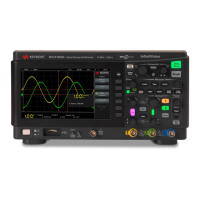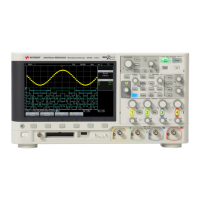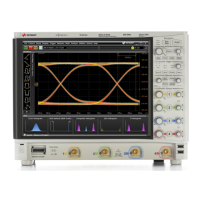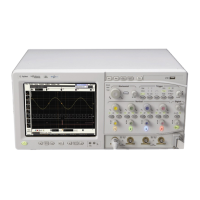Fault Hunter 18
Keysight InfiniiVision HD3-Series Oscilloscopes User's Guide 243
• + width
• - width
• Rise time
• Fall time
• Pulse amplitude
• Pulse base
• Pulse top
• Data rate
Getting Top and
Base
Measurements
First, acquisitions are collected long enough to get a significant number of top and
base measurements. The top and base measurements are used to set
measurement thresholds for the other measurements.
Getting
Measurement
Values
Once measurement thresholds are determined, additional acquisitions are made to
get a significant number of values for the other added measurements. The means
and standard deviations of these measurements are used to determine the
acceptable ranges for the Fault Hunter tests:
Fault Hunter Test Acceptable Range Determination
Positive Glitch Positive pulses whose width is less than half the data rate's period are
identified as positive glitches.
Negative Glitch Negative pulses whose width is less than half the data rate's period are
identified as negative glitches.
Slow Rising Edge Rising edges that are 3 standard deviations longer than the mean are
identified as slow edges.
Slow Falling Edge Falling edges that are 3 standard deviations longer than the mean are
identified as slow edges.
Positive Runt
(Triggering method
only)
The high runt threshold is set at the top value minus 20% of the pulse
amplitude. Positive pulses lower than the high threshold are identified as
positive runts.
Negative Runt
(Triggering method
only)
The low runt threshold is set at the base value plus 20% of the pulse
amplitude. Negative pulses higher than the low threshold are identified as
negative runts.
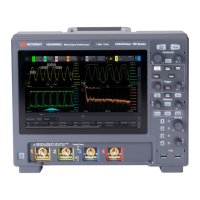
